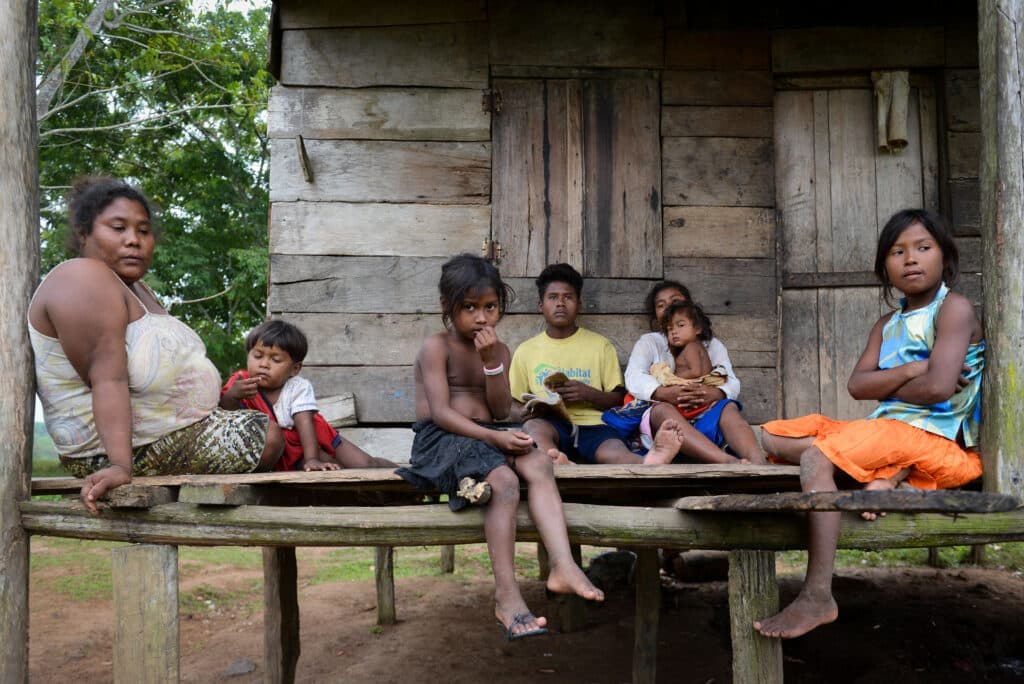NICARAGUA, Mexico Authorities in the area reported on Monday that an attack by alleged settlers over the weekend resulted in at least five members of an indigenous tribe from Nicaragua being slain and three others being injured.
According to Del Ro Foundation head Amaru Ruiz, several victims’ bodies were mutilated.
In the northern Nicaraguan village of Wilu, 16 homes were torched on Saturday, according to Ruiz. The victims were from the native Mayangna tribe.
Ruiz declared, “There has been yet another massacre,” and he thinks settlers are to blame.
The killings mark the latest episode in a years-long pattern of attacks on indigenous people by settlers anxious to acquire their property. In Nicaragua, where many settlers are former soldiers, such murders frequently go unpunished.
All of the homes in the Wilu settlement had been set on fire, according to the Sauni As, an indigenous regional government, which also stated that “families have been left without shelter, food, or clothing.”
The attack was conducted by “70 highly armed non-indigenous squatters,” according to the Sauni As forest rangers unit.
Nicaraguan police detained 24 settlers in January after being accused of attacking an indigenous community.
The Bosawas nature reserve, where the attack occurred, is a designated area for preserving native cultures and the environment. Yet, land-hungry people want to clear the area so they may start ranches and grow crops. The reserve has also been impacted by unauthorized mining and logging.
Nicaraguan police detained 24 settlers in January after being accused of attacking an indigenous community in a land dispute.
After several years of incursions and assaults into the land occupied by the Miskito, Mayangna, and other indigenous people, that was the first significant arrest of non-indigenous settlers. Activists said that in that case, the settlers had been detained by locals who had then turned them over to the police.
Communities of Mayangna and Miskito have had a lot of assaults in recent years. Before the weekend killings, Ruiz said that at least 28 indigenous community members and leaders had been murdered recently.
President Daniel Ortega’s administration disputes claims made by indigenous groups that it needs to do more to solve issues in the forested area.
According to activists, many people settling on the grounds are former military with ties to the wood and illicit logging industries.
According to the Del Ro Foundation, over 5,000 settlers have entered about 60% of the Mayangnas’ land since 2015, driving out about 3,000 native inhabitants.
SOURCE – (AP)










